- Home
- About Us
- Our Services
- News
- Contact Us

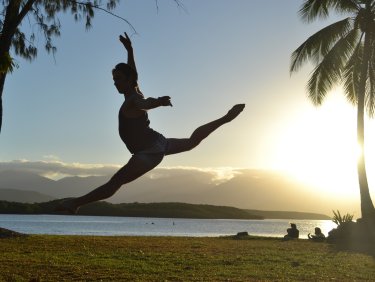
Medicine is the science and art of preventing and alleviating or curing disease. Dance medicine and science is the application of that realm to the specific life and body of the dancer. As a discipline it investigates the causes of dance injuries, promotes their care, prevention and safe post-rehabilitation return to dance, and explores the ‘how’ of dance movement. Some specific concerns include the biomechanical, physiological, and neuromotor aspects of dance, nutrition, psychological issues, and the body therapies and somatics area.
The training and self-discipline necessary for the individual to become a dancer are potential sources of physical and emotional strain that may result in temporary or extended disability. The performance of dance, in whatever form, can result in physical injury that may be acute or chronic due to overuse. Prevention of injury/illness is the concern of the educator and health care practitioner involved in dance medicine and science.
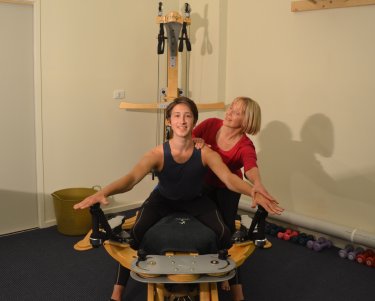
Preventive recommendations are based upon:
When injury or other related disability has occurred in the dancer, rational rehabilitative techniques based on these recommendations make return to and continuation of dance possible.
Definition of Dance Medicine and Science provided by the International Association of Dance Medicine and Science (www.iadms.org). Text cited from the Dance Medicine Resource Guide, Second Edition, J. Michael Ryan Publishing, Inc. Written and edited by Marshall Hagins, PhD, PT.
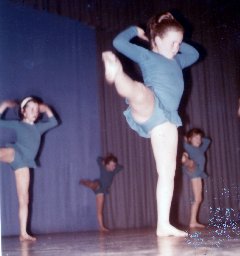
Debbi Fretus (Pilates, GYROTONIC(R), GYROKINESIS(R)practitioner, Myotherapist) and Gill Smith (Post Graduate trained Musculoskeletal Physiotherapist) have a vast and varied dance background, from Ballet to Folk, Calisthenics for over 20 years.
Debbi was a professional dancer, teacher, adjudicator and choreographer having worked nationally and internationally. Having danced with Sydney Festival Ballet, Athens City Ballet, Greece, CH Tanzteater Zurich, Switzerland, to name a few.
Debbi has taught as a freelance ballet/dance teacher as well as having run her own Ballet/Dance School “Dance Odyssey” in Queensland. Choreography and adjudication was also a natural progression both of which Debbi was passionate about.
Debbi taught her son, Nikolaus Tudorin, for 10 years up until he entered the Australian Ballet School at the age of 14. After which he gained a full scholarship to Tanz Akademie Zurich in Switzerland. Whilst there he entered the Prix de Lausanne in 2012, one of the world’s most renowned International Ballet competitions. Nikolaus became a Laureate, placing 4th and Debbi was fortunate to have attended, witnessing this special moment. Debbi is extremely proud of Nikolaus and today he is a professional dancer in his 2nd season at Leipziger Ballet in Germany. Debbi has also taught other professional dancers throughout her career.
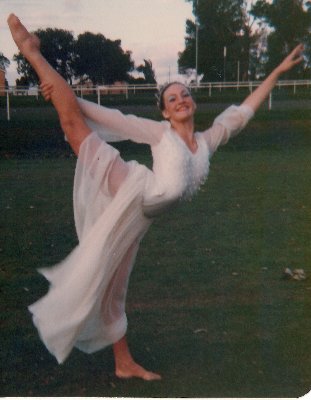
Gill for 20 years was a dancer within the Calisthenics arena reaching high outcomes in the ‘Graceful Girl’ solo competition. Gill, at 16 years of age received the highest score in the Victorian 1981 eliminations to get into the prestigious South Street Eisteddfod Competition in Ballarat, Victoria. Gill understands the rigours of athletic training as she represented Australia in her mid 20s, and for many years Victoria in Women’s Underwater Hockey.
Debbi and Gill hare passionate about the importance of postural alignment, core stability (abdominal cylinder control) as well as peripheral joint stability ie shoulders, hip, knee, ankle, feet.
The body joint stabilising system which centres and compresses the joints contributes to longevity and working the joint biomechanically in the ideal function. These important stabilising muscles are the body’s protective mechanism. All dancers must have an excellent representation in their brain of their bodies stability mechanism.
At Innovative Physio through the use of visual biofeedback on the Real Time Ultrasound, where you can see the deep stabilising muscles on the screen, combined with mirror work our aim is for all dancers to have excellent motor control awareness of their protective stabilising muscular system. After learning the basic motor control movement patterns the dancer then progresses to our movement studio to integrate these patterns into more complex movement specific to dance and everyday function.
There is a disturbing trend that we have observed with young people including dancers due to the sudden advent of technology – handheld electronic devices.
We have observed alarmingly that young people spend increasing amounts of time slumping whilst they are mentally focussed on their device with complete disuse of their postural stabilising muscles.
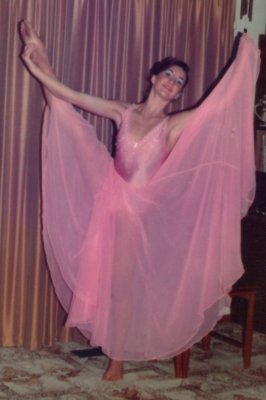
Recreational activities of this generation are vastly different to other generations as it may include prolonged time in sedentary positions. Young people may not be consistently recruiting their deep postural stabilising muscles and then perform high level physical activity with dance.
Our observation is that injuries in this young population are often related to disuse of these deep postural stabilising muscles. Our focus is to bridge that gap by enhancing the dancer’s awareness and functional application of their postural stabilising system so they can integrate this into their dance.
An intelligent approach to movement and dance is to prevent injuries and optimise performance.
they may range from faulty technique to a slippery floor or an inadequate warm-up prior to activity.
Intrinsic factors (Internal)
In general the more risks a dancer has the more likely she or he is to be injured.
Consequently the aim of the dancer and teacher/choreographer is to reduce such risk factors to a minimum.
(ref: Susan Simpson Danz 2006 Dance Injury Management)